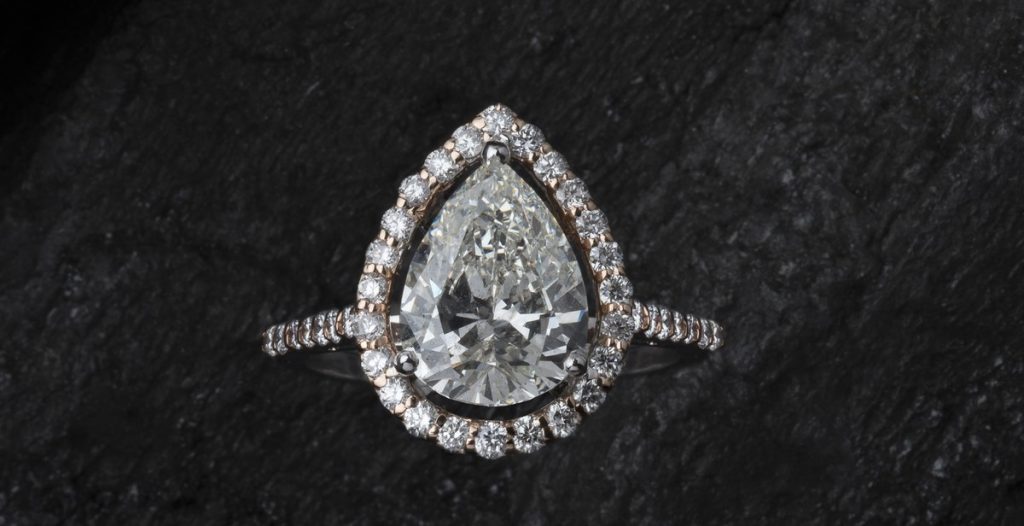How to Identify the Quality of a Diamond
Diamonds are one of the most precious and sought-after gemstones in the world. They are known for their brilliance, durability, and rarity. However, not all diamonds are created equal. The quality of a diamond is determined by a number of factors, including its cut, clarity, color, and carat weight.
If you are in the market for a diamond, it is important to know how to identify the quality of the stone before making a purchase. This will ensure that you get the best value for your money and a diamond that meets your expectations.
The 4 C’s of Diamond Quality
The quality of a diamond is often referred to as the “4 C’s.” These are:
- Cut: The cut of a diamond refers to its proportions, symmetry, and polish. A well-cut diamond will reflect light and sparkle more than a poorly cut diamond.
- Clarity: The clarity of a diamond refers to the presence or absence of inclusions and blemishes. A diamond with fewer inclusions and blemishes will be more valuable.
- Color: The color of a diamond refers to its lack of color. The most valuable diamonds are those that are colorless or near-colorless.
- Carat Weight: The carat weight of a diamond refers to its size. A larger diamond will be more valuable than a smaller diamond of the same quality.
By understanding these factors, you can make an informed decision when purchasing a diamond and ensure that you get the best quality stone for your money.
Understanding the 4Cs of Diamonds
When it comes to identifying the quality of a diamond, there are four main factors to consider. These are commonly known as the 4Cs of diamonds: Cut, Color, Clarity, and Carat Weight.
Cut
The cut of a diamond refers to its proportions, symmetry, and polish. A well-cut diamond will reflect light internally and externally, creating a sparkling and brilliant appearance. A poorly cut diamond, on the other hand, will appear dull and lifeless.
Color
The color of a diamond refers to its lack of color. The less color a diamond has, the more valuable it is. The Gemological Institute of America (GIA) has a color grading system that ranges from D (colorless) to Z (light yellow or brown).
Clarity
The clarity of a diamond refers to the presence or absence of blemishes and inclusions. Blemishes are surface imperfections, while inclusions are internal imperfections. The GIA has a clarity grading system that ranges from Flawless (no blemishes or inclusions visible under 10x magnification) to Included (inclusions visible to the naked eye).
Carat Weight
The carat weight of a diamond refers to its size and weight. One carat is equal to 0.2 grams. The larger the diamond, the more valuable it is.
Overall, understanding the 4Cs of diamonds is essential when identifying the quality and value of a diamond. By considering each of these factors, you can make an informed decision when purchasing a diamond.
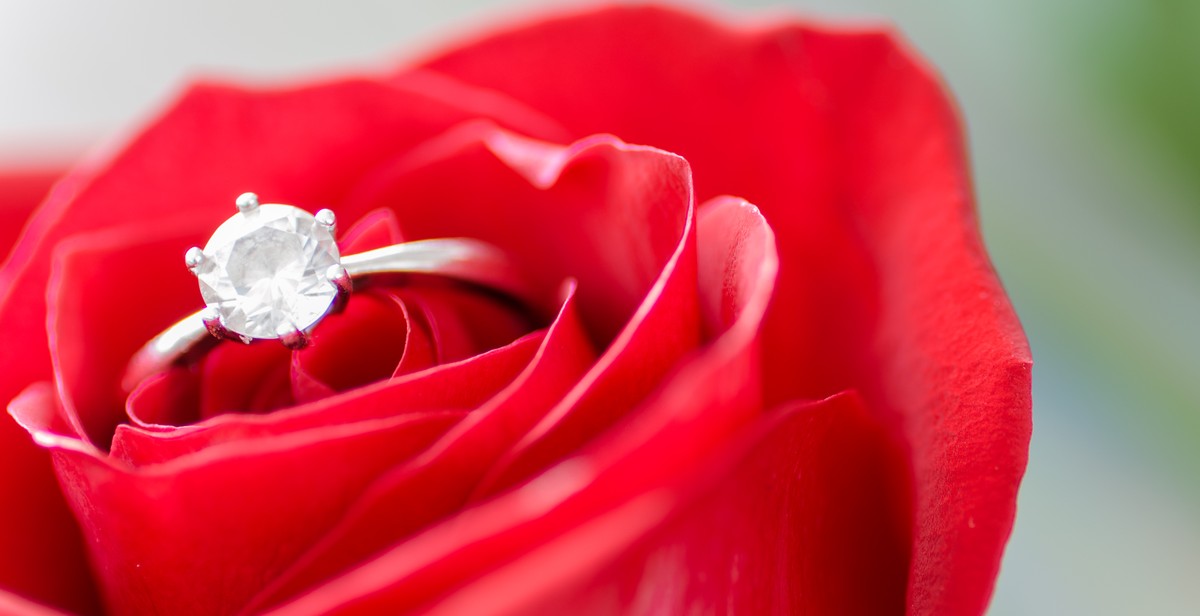
Certification
When purchasing a diamond, it is important to ensure that it comes with a certification from a reputable grading lab. The most well-known and respected grading labs are the Gemological Institute of America (GIA), the American Gem Society (AGS), and the European Gemological Laboratory (EGL).
GIA Certification
GIA is known for its strict grading standards and unbiased assessments. Their diamond grading report includes information on the 4Cs (carat weight, color, clarity, and cut), as well as other important details like fluorescence and symmetry. GIA is considered the gold standard in diamond grading and their reports are widely accepted in the industry.
AGS Certification
AGS is another highly respected grading lab that uses a unique grading system based on the 0-10 grading scale. Their diamond grading report includes information on the 4Cs, as well as additional information on light performance and proportions. AGS is known for their scientific approach to diamond grading and their reports are highly regarded in the industry.
EGL Certification
EGL is a European-based grading lab that is known for being more lenient in their grading standards compared to GIA and AGS. As a result, their reports may sometimes be viewed with skepticism. However, EGL is still a reputable grading lab and their reports can provide valuable information on a diamond’s characteristics.
| Grading Lab | 4Cs Graded | Additional Information | Industry Reputation |
|---|---|---|---|
| GIA | Yes | Fluorescence, symmetry | Gold standard |
| AGS | Yes | Light performance, proportions | Highly regarded |
| EGL | Yes | N/A | Reputable, but viewed with skepticism |

Diamond Grading Reports
A diamond grading report, also known as a diamond certificate, is a document that provides a detailed analysis of a diamond’s quality and characteristics. The report is issued by an independent gemological laboratory and serves as an objective evaluation of the diamond’s quality.
Understanding a Diamond Grading Report
A diamond grading report contains information about the diamond’s 4Cs – Carat, Cut, Clarity, and Color. It also includes information about the diamond’s measurements, fluorescence, and other important characteristics.
The report is typically presented as a chart or table, with each section providing detailed information about the diamond’s quality. The report may also include a diagram of the diamond, showing its unique characteristics.
Reading a Diamond Grading Report
Reading a diamond grading report can be overwhelming, but it’s important to understand the information provided in the report to make an informed decision when purchasing a diamond.
When reading a diamond grading report, pay close attention to the 4Cs and other important characteristics. Look for any inclusions or blemishes that may affect the diamond’s appearance and value.
| Information provided in a Diamond Grading Report: |
|---|
| Carat weight |
| Cut grade |
| Clarity grade |
| Color grade |
| Measurements |
| Fluorescence |
By understanding a diamond grading report, you can confidently evaluate the quality of a diamond and make an informed decision when purchasing one.
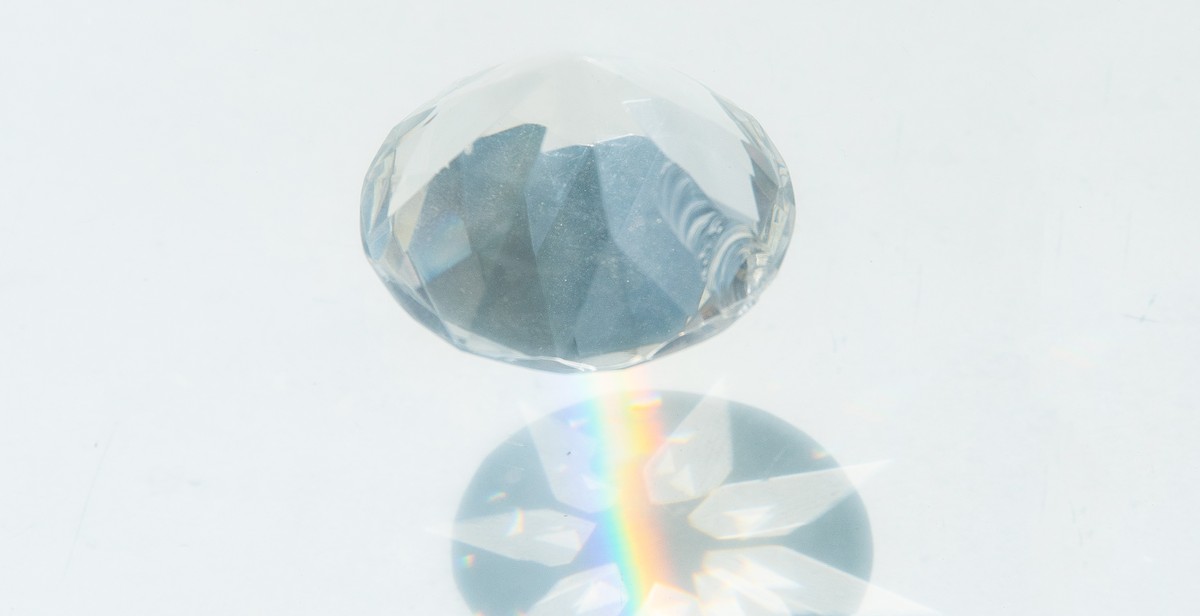
Diamond Appraisals
A diamond appraisal is a document that states the value of a diamond based on its quality, characteristics, and market demand. It is a crucial document that helps diamond owners to know the worth of their diamonds and to make informed decisions when selling, insuring, or buying diamonds.
The Importance of Diamond Appraisals
Diamond appraisals are essential for several reasons. They help to:
- Determine the value of a diamond
- Verify the authenticity of a diamond
- Ensure that a diamond is of the quality and characteristics advertised
- Get insurance coverage for a diamond
- Settle disputes related to diamond ownership
How to Get a Diamond Appraisal
To get a diamond appraisal, you need to:
- Find a reputable and certified appraiser
- Provide the appraiser with the diamond and any relevant documentation
- Wait for the appraiser to evaluate the diamond and provide a written appraisal
It is essential to choose an appraiser who is knowledgeable, experienced, and unbiased. You can ask for recommendations from friends, family, or jewelers or check online for certified appraisers in your area.

Inclusions and Blemishes
Every diamond has some sort of inclusions and blemishes, which are natural imperfections that occur during the diamond’s formation process. These imperfections can affect the diamond’s overall quality and value.
Types of Inclusions and Blemishes
There are several types of inclusions and blemishes that can be found in diamonds:
- Feathers: small cracks or fractures within the diamond
- Clouds: clusters of tiny inclusions that give the diamond a cloudy appearance
- Needles: long, thin inclusions that resemble needles
- Pinpoints: tiny, pinpoint-sized inclusions
- Internal graining: irregularities within the diamond’s crystal structure
- Naturals: parts of the original rough diamond that were left on the polished diamond
How Inclusions and Blemishes Affect Diamond Quality
The presence of inclusions and blemishes can affect a diamond’s clarity, which is one of the 4Cs of diamond grading. The more inclusions and blemishes a diamond has, the lower its clarity grade will be. This can also affect the diamond’s overall value, as diamonds with higher clarity grades are more valuable.
| Clarity Grade | Description |
|---|---|
| FL | Flawless |
| IF | Internally Flawless |
| VVS1, VVS2 | Very, Very Slightly Included |
| VS1, VS2 | Very Slightly Included |
| SI1, SI2 | Slightly Included |
| I1, I2, I3 | Included |
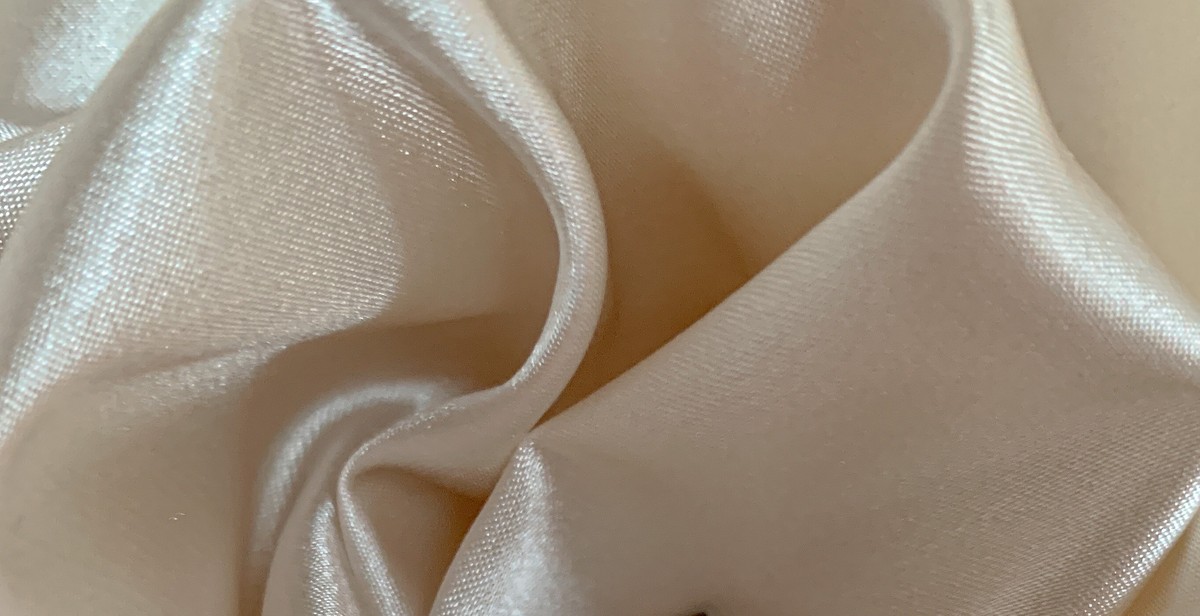
Diamond Cut
The cut of a diamond is one of the most important factors that determine its quality. A well-cut diamond will have a better sparkle, fire, and brilliance than a poorly cut one. The cut refers to how well the diamond has been cut and polished, and it affects the amount of light that enters and exits the diamond.
Ideal Cut Diamonds
Ideal cut diamonds are the most rare and valuable diamonds. They are cut to precise proportions and angles to maximize the diamond’s brilliance, fire, and scintillation. Ideal cut diamonds reflect almost all the light that enters them, creating a stunning sparkle that catches the eye from any angle.
Very Good Cut Diamonds
Very good cut diamonds are also cut to precise proportions and angles, but they may not reflect as much light as ideal cut diamonds. They still have a great sparkle and are considered high-quality diamonds.
Good Cut Diamonds
Good cut diamonds are cut to proportions that reflect a good amount of light, but they may not have as much brilliance as ideal or very good cut diamonds. They are still considered good quality diamonds.
Fair and Poor Cut Diamonds
Fair and poor cut diamonds are cut to proportions that do not reflect as much light as higher-quality diamonds. They may appear dull or lifeless and are considered lower-quality diamonds.
| Diamond Cut | Brilliance | Fire | Scintillation |
|---|---|---|---|
| Ideal Cut | Excellent | Excellent | Excellent |
| Very Good Cut | Very Good | Very Good | Very Good |
| Good Cut | Good | Good | Good |
| Fair and Poor Cut | Poor | Poor | Poor |
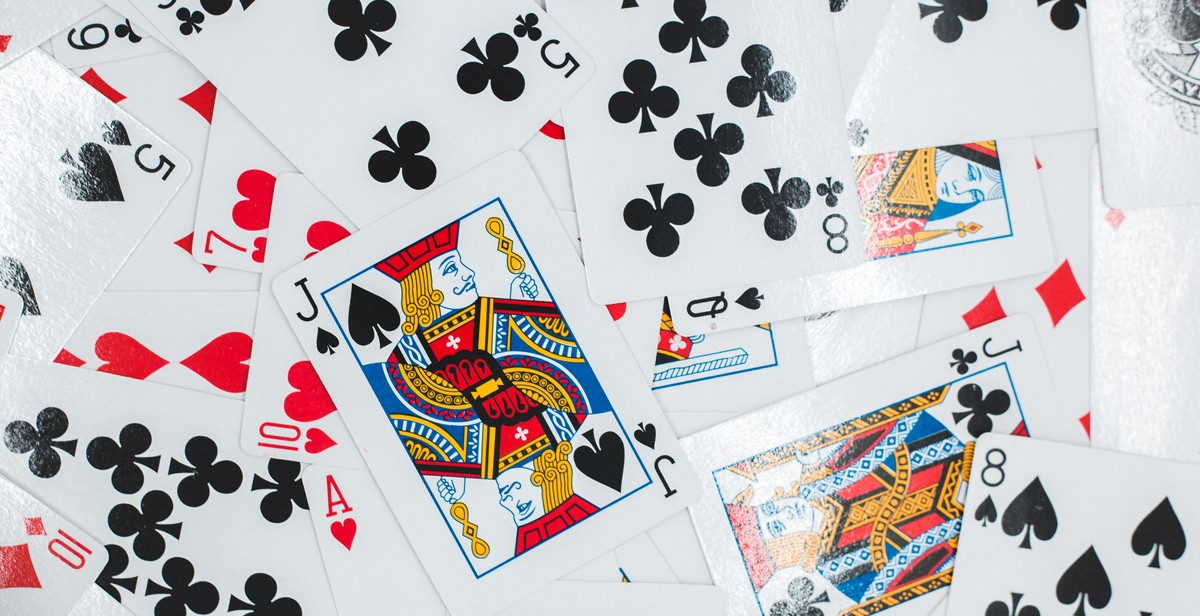
Diamond Color
The color of a diamond refers to the amount of yellow or brown tint present in the stone. The less color a diamond has, the higher its value. The Gemological Institute of America (GIA) grades diamonds on a scale from D (colorless) to Z (light yellow or brown).
Colorless Diamonds
Diamonds that are completely colorless are the rarest and most valuable. These diamonds are graded D, E, and F by the GIA. They appear completely clear and allow the most light to pass through, creating the greatest sparkle.
Near-Colorless Diamonds
Diamonds in the near-colorless range are graded G, H, I, and J by the GIA. These diamonds have a slight yellow or brown tint that is difficult to detect to the untrained eye. They are less expensive than colorless diamonds, but still have good sparkle and brilliance.
Faint Yellow Diamonds
Diamonds in the faint yellow range are graded K, L, and M by the GIA. The yellow tint in these diamonds is more noticeable, but they can still be beautiful and have good sparkle. They are less expensive than near-colorless diamonds.
Very Light Yellow Diamonds
Diamonds in the very light yellow range are graded N through Z by the GIA. They have a more noticeable yellow or brown tint and are less valuable than diamonds in the other color ranges. These diamonds are often used in jewelry that is not meant to be the centerpiece, such as accent stones.
| Grade | Description |
|---|---|
| D-F | Colorless |
| G-J | Near-Colorless |
| K-M | Faint Yellow |
| N-Z | Very Light Yellow |

Diamond Clarity
Diamond clarity refers to the presence or absence of flaws, known as inclusions, and blemishes on the surface of the diamond. These flaws can affect the beauty and value of a diamond. The Gemological Institute of America (GIA) has set the standards for diamond clarity grading. The clarity scale ranges from Flawless (FL) to Included (I1, I2, and I3).
Flawless Diamonds
Flawless diamonds have no inclusions or blemishes visible under 10x magnification. These diamonds are incredibly rare and valuable.
Internally Flawless Diamonds
Internally Flawless diamonds have no inclusions visible under 10x magnification, but may have minor blemishes on the surface. These diamonds are also very rare and valuable.
Very, Very Slightly Included Diamonds
Very, Very Slightly Included diamonds have tiny inclusions that are difficult to see under 10x magnification. These diamonds are still considered high quality and are more affordable than Flawless or Internally Flawless diamonds.
Slightly Included Diamonds
Slightly Included diamonds have inclusions that are visible under 10x magnification. These diamonds may have some impact on the diamond’s beauty, but are still considered a good value.
Included Diamonds
Included diamonds have inclusions that are visible to the naked eye and can affect the diamond’s beauty and durability. These diamonds are typically the least expensive and are not recommended for engagement rings or other high-end jewelry pieces.
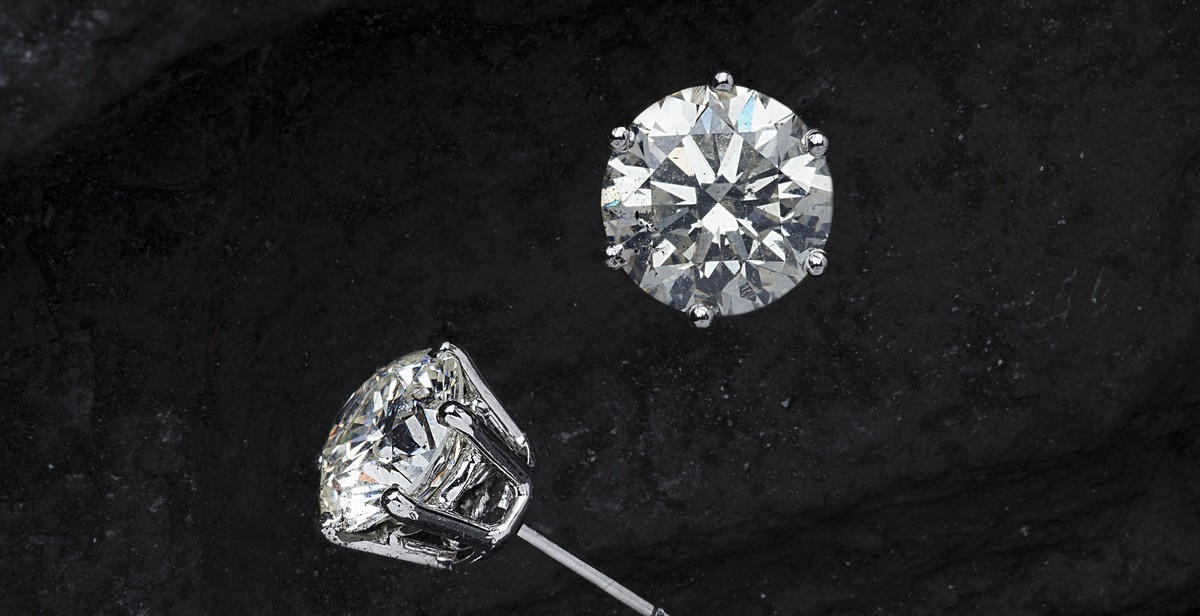
Diamond Carat Weight
Carat weight is one of the most important factors that affect the value of a diamond. It refers to the weight of a diamond and is measured in carats. One carat is equal to 0.2 grams, and a diamond can be as small as 0.01 carats or as large as several carats.
Understanding Diamond Carat Weight
The carat weight of a diamond is often used to determine its size, but it is not the only factor that determines the overall appearance of a diamond. Two diamonds with the same carat weight can look very different depending on their cut, color, and clarity.
How Carat Weight Affects Diamond Value
Generally, the larger the diamond, the higher its value. However, the value of a diamond is not solely based on carat weight. The quality of the diamond’s cut, color, and clarity also affect its value. A smaller diamond with high cut, color, and clarity grades may be more valuable than a larger diamond with lower grades.
| Carat Weight | Description |
|---|---|
| Less than 0.50 | Small diamond |
| 0.50 to 1.00 | Medium diamond |
| 1.00 to 2.00 | Large diamond |
| More than 2.00 | Very large diamond |
When shopping for a diamond, it is important to consider the carat weight as well as the other quality factors. A diamond’s value is determined by a combination of these factors, and a knowledgeable jeweler can help you find the perfect diamond to fit your budget and preferences.
Conclusion
Identifying the quality of a diamond requires a combination of knowledge and experience. The 4Cs – cut, clarity, color, and carat weight – are the standard factors used to determine the value and quality of a diamond. However, there are other factors to consider, such as fluorescence, symmetry, and polish, that can also affect a diamond’s quality.
When purchasing a diamond, it is important to work with a reputable jeweler who can provide you with a diamond certificate from a recognized gemological laboratory. This certificate will give you detailed information about the diamond’s quality and characteristics.
Additionally, it is important to trust your own eyes when evaluating a diamond. Look for a diamond that sparkles and has a good balance of fire and brilliance. A diamond that is too dull or too bright may indicate poor quality.
Overall, identifying the quality of a diamond requires a combination of knowledge, experience, and trust. With careful consideration of the 4Cs and other factors, as well as working with a reputable jeweler, you can ensure that you are getting a high-quality diamond that will be a valuable and treasured investment for years to come.
| Pros | Cons |
|---|---|
| Understanding the 4Cs and other factors can help you identify a high-quality diamond | Identifying a diamond’s quality can be complex and requires knowledge and experience |
| Working with a reputable jeweler can help ensure that you are getting a high-quality diamond | High-quality diamonds can be expensive |
| A diamond certificate from a recognized gemological laboratory can provide detailed information about a diamond’s quality and characteristics | There is always a risk of buying a fake or misrepresented diamond |

